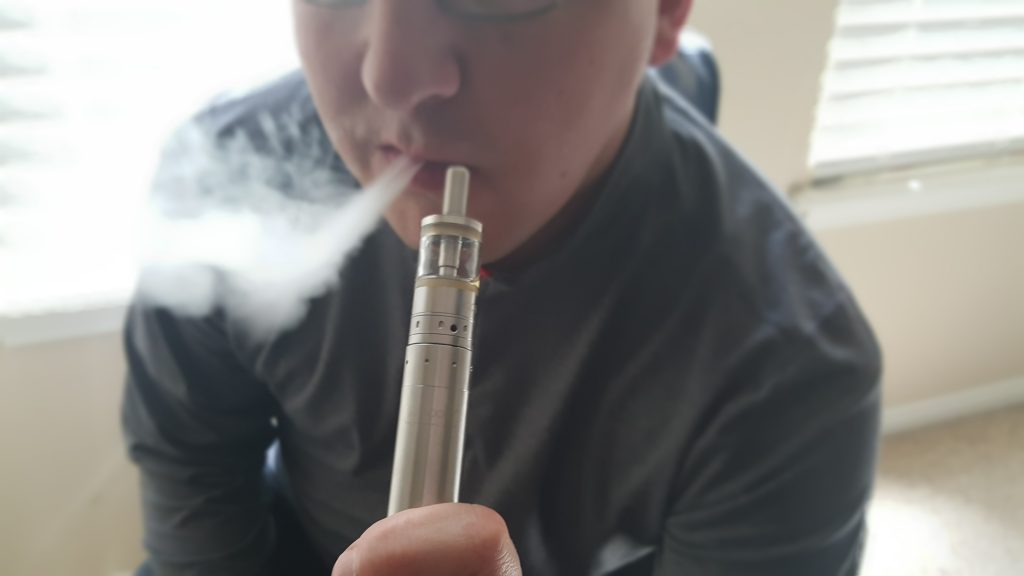
Imagine: you wake on a chilly November morning, alarm blaring, for your 8:30 am class. You toss aside the blankets and grab your phone. Shutting the alarm off reveals a Washington Post notification. But this isn’t your standard election headline. You almost drop your phone in shock. It can’t be, you think. This is too good to be true. It’s not — a second later, you get a text from the SymMon app, notifying you of your upcoming appointment in the Bryan Center.
A vaccine for COVID-19 is finally available, and you’re getting one.
This scenario could be less far-fetched than one might think: the Centers for Disease Control and Prevention has told officials to prepare for a vaccine as soon as November 1st. To a country foundering due to the economic and social effects of COVID-19, this comes as incredible news — a bright spot on a bleak horizon. But to make a vaccine a reality, traditional phase 3 clinical trials may not be enough. What are challenge trials? Should they be used? What’s at stake, and what are the ethical implications of the path we choose?
At Duke Science and Society’s “Coronavirus Conversations: The Science and Ethics of Human Challenge Trials for COVID-19” on Aug. 24, Kim Krawiec of the Duke School of Law posed these and other questions to three experts in health.
Dr. Marc Lipsitch, Director of the Center for Communicable Disease Dynamics at the Harvard School of Public Health, began by comparing traditional phase 3 trials and challenge trials.
In both kinds of trials, vaccines are tested for their “safety and ability to provoke an immune response” in phases 1 and 2. In phase 3 trials, large numbers (typically thousands or tens of thousands) of individuals are randomly assigned either the vaccine being tested or a placebo. Scientists observe how many vaccinated individuals become infected compared to participants who received a placebo. This information enables scientists to assess the efficacy — as well as rarer side effects — of the vaccine.

In challenge trials, instead of random assignment, small numbers of low-risk individuals are deliberately infected in order to more directly study the efficacy of vaccine and treatment candidates. Though none are underway yet, the advocacy group 1Day Sooner has built a list of more than 35,000 volunteers willing to participate.
Dr. Cameron Wolfe, an Infectious Disease Specialist, Associate Professor of Medicine, and Clinical Expert In Respiratory and Infectious Disease at the Duke Medical School, provided an overview of the current vaccine landscape.

There are currently at least 150 potential vaccine candidates, from preclinical to approved stages of development. Two vaccines, developed by Russia’s Gamelaya Research Institute and China’s CanSinoBIO, have skipped phase 3, but are little more than an idiosyncrasy to Dr. Wolfe, as there is “minimal clarity about their safety and efficacy.” Three more vaccines of interest — Moderna’s mRNA vaccine, Pfizer’s mRNA vaccine, and Oxford and AstraZeneca’s adenovirus vaccine — are all in phase 3 trials with around 30,000 enrollees. Scientists will be watching for a “meaningful infection and a durable immune response.”
Dr. Nir Eyal, the Henry Rutgers Professor of Bioethics and Director of The Center for Population-Level Bioethics at Rutgers University, explained how challenge trials could fit into the vaccine roadmap.
According to Dr. Eyal, challenge trials would most likely be combined with phase 3 trials. One way this could look is the use of challenge trials to weed out vaccine candidates before undergoing more expensive phase 3 trials. Additionally, if phase 3 trials fail to produce meaningful results about efficacy, a challenge trial could be used to obtain information while still collecting safety data from the more comprehensive phase 3 trial.

Dr. Eyal emphasized the importance of challenge trials for expediting the arrival of the vaccine. According to his own calculations, getting a vaccine — and making it widely available — just one month sooner would avert the loss of 720,000 years of life and 40 million years of poverty, mostly concentrated in the developing world. (Dr. Eyal stressed that his estimate is extremely conservative as it neglects many factors, including loss of life from avoidance of child vaccines, cancer care, malaria treatment, etc.) Therefore, speed is of “great humanitarian value.”
Dr. Wolfe added that because phase 3 trials rely on a lot of transmission, if the US gets better at mitigating the virus, “the distinction between protective efficacy and simple placebo will take longer to see.” A challenge study, however, is “always a well defined time period… you can anticipate when you’ll get results.”
The panelists then discussed the ethics of challenge trials in the absence of effective treatment — as Krawiec put it, “making people sick without knowing if we can make them better.”
Dr. Wolfe pointed to the flu, citing challenge trials that have been conducted even though current treatments are not uniformly effective (“tamiflu is no panacea”). He then conceded that the biggest challenge is not a lack of effective therapies, but the current inability to “say to a patient, ‘you will not have a severe outcome.’ It varies so much from person to person, I guess.” (See one troubling example of that variance.)
Dr. Eyal acknowledged the trouble of informed consent when the implications are scarcely known, but argued that “in extraordinary times, business as usual is no longer the standard.” He asserted that if people volunteer with full understanding of what they are committing to, there is no reason to assume they are less informed than when making other decisions where the outcome is as yet unknown.
Dr. Lipsitch compared this to the military: “we are not cheating if we cannot provide a roadmap of future wars because they are not yet known to us.” Rather, we commend brave soldiers (and hope they come home safe).
Furthermore, Dr. Eyal asserted that “informed consent is not a comprehensive understanding of the disease,” lest much of the epidemiological research from the 1970s be called into question too. Instead, volunteers should be considered informed as long as they comprehend questions like, “‘we can’t give you an exact figure yet; do you understand?’”
Agreeing, Dr. Wolfe stated that when critics of challenge trials ask, isn’t your mission to do no harm?, he asks, “Do no harm in regards to whom?” “Who is in front of you matters,” Dr. Wolfe confirmed, “that’s why we put up safeguards. But as clinicians it can be problematic [to stop there]. It’s not just about the patient, but to do no harm in regards to the broader community.”
The experts then discussed what they’d like to see in challenge trials.
Dr. Wolfe said he’d like to see challenge trials carried out with a focus on immunology components, side effect profiles, and a “barrage” of biological safety and health standards for hospitals and facilities.
Dr. Eyal stated the need for exclusion criteria (young adults, perhaps age 20-25, with no risk factors), a “high high high” quality of informed consent ideally involving a third party, and access to therapies and critical care for all volunteers, even those without insurance.
Dr. Lipsitch stressed the scientific importance of assessing participants from a “virological, not symptom bent.” He mused that the issue of viral inoculum was a thorny one — should scientists “titrate down” to where many participants won’t get infected and more volunteers will be needed overall? Or should scientists keep it concentrated, and contend with the increased risk?
Like many questions pondered during the hour — from the ideal viral strain to use to the safest way to collect information about high risk patients — this one remained unanswered.
So don’t mark November 1st on your calendar just yet. But if you do get that life-changing notification, there’s a chance you’ll have human challenge trials to thank.

Post By Zella Hanson

